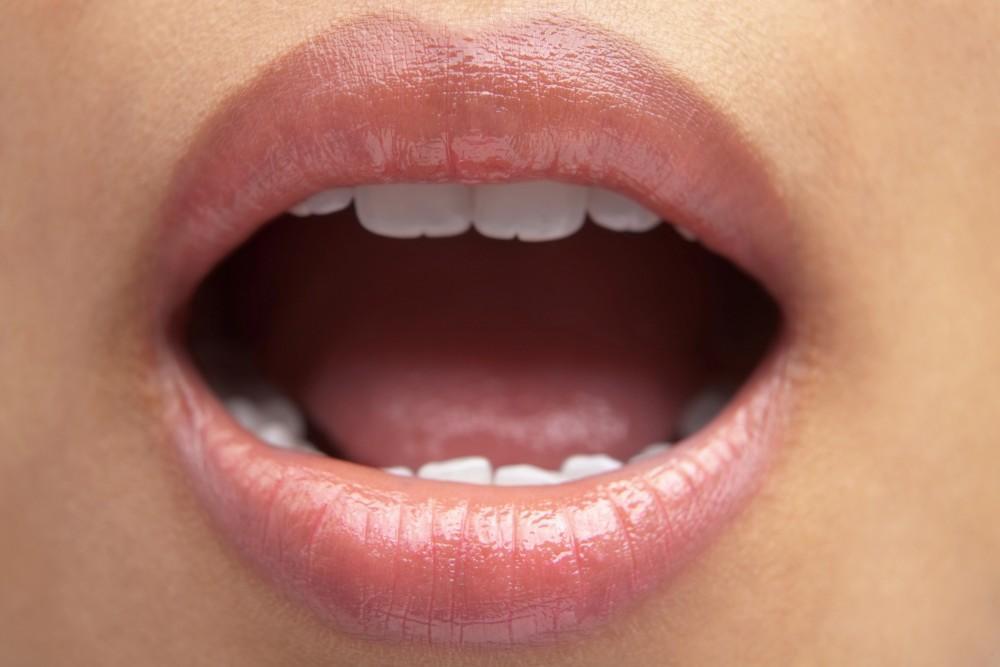
How to Banish Bad Breath for Good

If you think you might have bad breath, you are not alone. An estimated 80 million (yes, million) people in the US suffer from chronic bad breath. And having bad breath stinks (pun intended). It can affect your social life and your confidence, as well as be an indicator of a deeper health concern.
If you are worried about chronic bad breath, seeing your dentist should be at the top of your list. Until then, or if you are more bothered by occasional bad breath, here are some helpful tips to consider.
Brush Your Tongue
Everyone knows we should brush our teeth twice a day, and doing so is important for promoting better breath. But also make sure you don’t neglect your tongue. Bacteria love to hide and multiply on the textured soft tissue of your tongue. Removing debris and bacteria from teeth won’t do much for the bacteria living there. This accumulation of bacteria sticks together and creates a biofilm on the tongue’s surface. Left alone, it can cause bad breath.
An easy way to help remove bacteria and film from the tongue is to simply brush your tongue with your toothbrush while you are brushing your teeth. Use a soft-bristled brush and be gentle, so you don’t harm your tongue. Many people find they prefer a tongue scraper to brushing. Both methods appear to be equally effective, so choose whichever is more comfortable for you.
Don’t Forget to Floss
Even if you brush your teeth and tongue thoroughly, bits of food particles can get lodged between your teeth. Bacteria feed on them, and the result, again, is bad breath. Experts say we should actually floss before we brush. This way you dislodge these nasty little bits of food and debris, and the act of brushing will help to remove them. If you really don’t like flossing, consider a water flosser.
Hydrate! Hydrate! Hydrate!
We cannot stress enough how much drinking lots of water can positively impact your health. And while many people realize water intake is important, they don’t know it can help your oral health too. Water itself cleanses your mouth, but it also stimulates the production of saliva, which multiplies that cleansing effect. Moreover, dry mouth contributes to bad breath, and sipping water throughout the day can help.
Eat Healthy Snacks
Raw veggies and fresh fruits contain water and can stimulate saliva, which helps remove bacteria. Crunchy options like apples, crisp lettuce, raw carrot sticks, and celery can even help physically remove bacteria from teeth. In addition, healthy snacks take the place of less healthy sugary snacking. Steer clear of dried fruits and juices as these options contain concentrated amounts of sugar, and in the case of dried fruit, can become stuck between teeth
Conversely, garlic, onions, and even coffee cause lingering bad breath. They can stay in your bloodstream and be expelled from your lungs for up to 72 hours. Healthy snacks like these also counteract these stinky foods.
No Smoking
Smoking and tobacco use (including vapes) can cause bad breath on their own. However, over time it can be even worse. Smoking, vaping, and other nicotine and tobacco use can cause dry mouth, tooth decay, and gum disease, which all contribute to halitosis.
Get Regular Check-Ups
Getting a check-up every six months can actually help prevent bad breath. Both cavities and gum disease are leading causes of persistent bad breath. Catching tooth decay and gum disease early means you can get treatment before it progresses.
Similarly, very bad breadth may be the result of an infection or abscess, which can be dangerous as well as uncomfortable. Your dentist will be able to recognize and help treat this if it is the case.
And, of course, the thorough, professional cleaning you get at your twice-a-year appointment can’t be beat! Schedule your check-up and cleaning for fresher breath now.
You Might Also Enjoy...


Can Children Get Gum Disease?

Types of Oral Infections and How to Recognize Them

Is Mouth Breathing Bad?

Can Improving Your Smile Boost Your Career?


